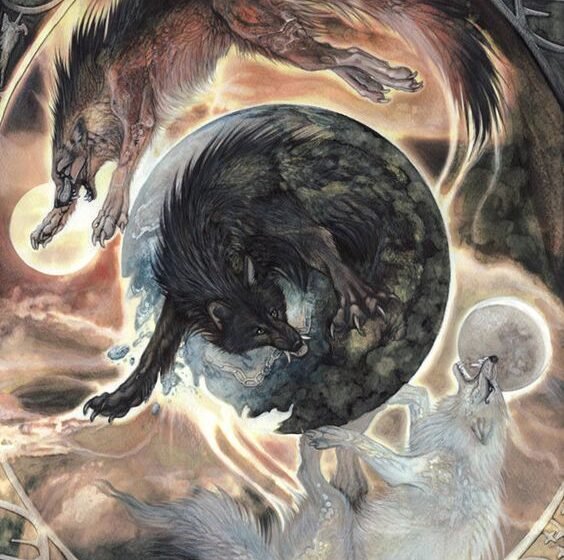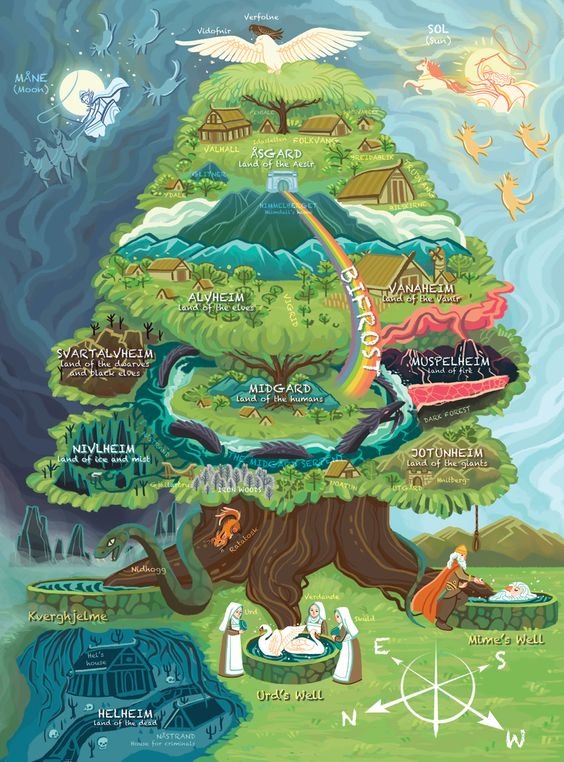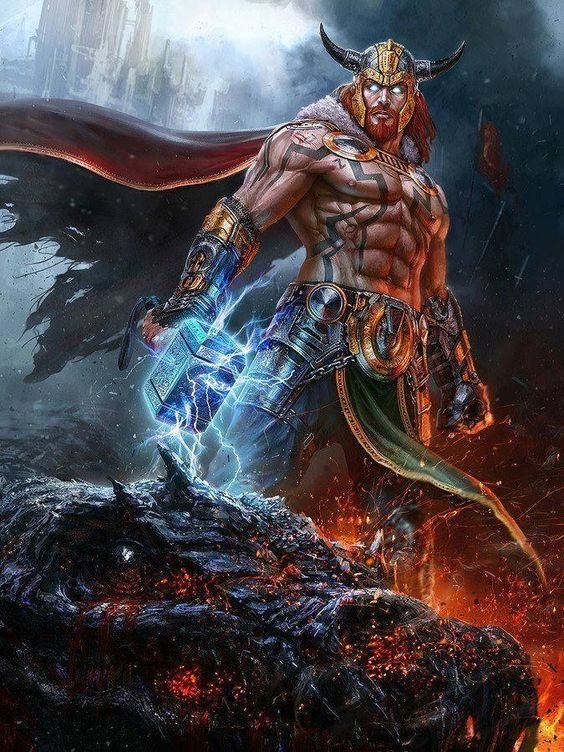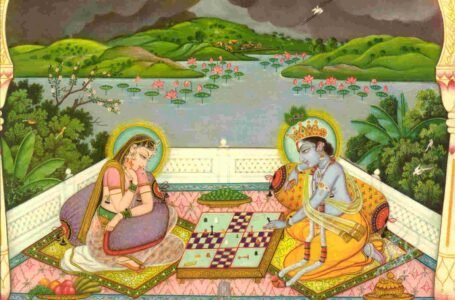#WorldOfMythologies : Norse Mythology the Viking Lores

Norse mythology refers to the Scandinavian mythological framework or the mythical body of the North Germanic people. It is a part of a well-organized and ancient indigenous religion practiced by the Germanic people of Europe. The main sources that tell us about Norse mythology are two Icelandic manuscripts that were copied down and collated in the 13th century to form Edda- which is the source of skaldic poetry that relates to the religion, cosmogony, and history of the Scandinavians and Proto-Germanic tribes. These sources peel back the layers of history and give a detailed picture of myths, beliefs, heroes, beings, and deities, venerated in customs integrated into the ancient Scandinavian daily lives.

According to Snorri- an Icelandic historian, before anything else existed, the universe in its primordial state was of two opposing realms, Muspelheim- the realm of fire and Niflheim- the realm of ice. Despite being separated by the void Ginnungagap, eventually, the heat hit the ice. This resulted in the fire melting the ice, from which two ostensibly dripping wet figures emerged, Ymir- the giant and Audhumla- the cow. The giant cow then started licking the frost off the giant’s skin, uncovering Buri- the forefather of gods. After that, he woke up and drank Audhumla’s milk but each drop he spilled transformed into the gods Odin, Vili, and Ve. These three then killed him and taking advantage of Ymir’s convenient size, resurrected his remains to create this universe.

The earth originated from his flesh, the sky from his skull, the mountains from his bones, and his blood transformed into the sea. The immense world tree Yggdrasil, the axis of time and space sprang forth unifying the nine realms namely, Asgard- the home of the deities, Alfheim- the land of the elves, Nioavellir- the realm of dwarfs, Midgard- the Earth, Jotunheim- the homeland of Giants, Vanaheim- the home of gods of wisdom, Niflheim- the mist world, Muspelheim- the realm of fire, Helheim- the underworld. Beginning with a dreadful winter, these pleasant worldly conditions devolved into turmoil. The Earth sank into the sea, the ice on the already crumbling Yggdrasil quivered, and Bifrost- the expressway between Asgard and Midgard collapsed.

The battle between the gods and the powers of the underworld took place in which the gods and their foes died and the giant Surtr ignited the world fire that destroyed everything. But then, following a cyclic notion of the universe, a new world arose from the sea with only a few gods still standing. These deities included Odin, Thor, Loki, Balder, Hodr, Heimdall, Tyr, Njord, Freyr, and Freyja along with some female deities known as Disir. The Earth became green and fair and new generations of humankind started living on it.

Then came the Viking Age around 800 A.D. to the 11th century when a vast number of Scandinavians left their homelands to seek their fortunes elsewhere. These people known as the Vikings or Northmen began raiding the coastal sites and undefended monasteries in the British Isle. In the 8th century, A.D. Europe was growing rich, for which the Vikings ventured out from their homeland looking for riches. One of their most spectacular accomplishments was cutting-edge ship-building technology which enabled them to transverse larger distances than anyone before them. Eventually, the Norsemen abandoned their pagan gods and converted to Christianity. Apart from archaeological evidence, one of the principal sources of knowledge regarding Viking life comes from the Icelandic Sagas. Historians now believe that they are an unreliable but nonetheless valuable source of information laced with mythology and fantasy. Indeed, Norse mythology offers a very rich world to get lost in. Odin, Thor, and Lokii from the marvel series have a background in Norse Mythology, which you can also experience in the series of Vikings.



